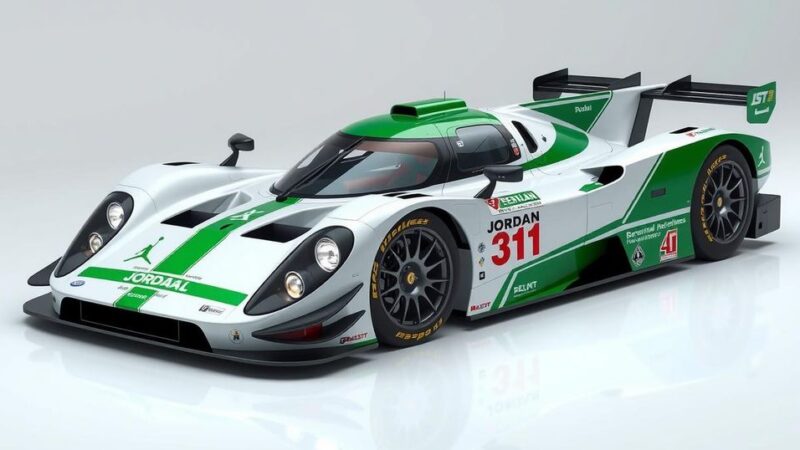Argentina is exploring the possibility of restoring its Formula 1 Grand Prix at Buenos Aires’ Autodromo Oscar y Juan Galvez, driven by government officials and the rising popularity of driver Franco Colapinto. Despite interest and initial talks with F1, significant logistical and funding challenges must be addressed, and the competition for calendar slots is fierce. Colapinto’s ongoing status in F1 remains uncertain, adding complexity to the return effort.
Argentina is cautiously advancing towards the possibility of resuming its Formula 1 Grand Prix in Buenos Aires, but there are significant obstacles to address. Led by Daniel Scioli, the Argentine government, alongside key officials from the national automobile federation, has initiated discussions with F1 CEO Stefano Domenicali regarding the feasibility of hosting the race. The aim is to reinstate the Grand Prix at the Autodromo Oscar y Juan Galvez, ideally utilizing a part of its original, longer course to accommodate modern F1 vehicles, in contrast to the older, less favored layout of the 1990s. The timing of these efforts aligns with the rising profile of Franco Colapinto, a promising driver with Williams Racing, whose recent performances have spurred international interest in F1 within Argentina. Colapinto’s appeal has invigorated fans and sponsors alike, evident during his appearances in recent races. As thousands of supporters cheered for him at Interlagos, Scioli and his team explored the requirements needed for an F1 revival in Argentina. Scioli expressed his pride in Colapinto’s achievements, highlighting his potential to impact Argentina’s representation in the global arena of motorsport. He acknowledged the challenges tied to the logistical complexity of organizing an event of Formula 1’s caliber, emphasizing that substantial work remains to be done to fulfill this dream. Despite the excitement surrounding this initiative, Scioli refrained from providing a timeline for the project, noting the necessity for the organization required and the likelihood that funding would depend solely on private investors, adhering to the current governmental policies. It remains uncertain whether local corporations can generate sufficient funding for the necessary renovations, especially since Colapinto’s future in F1 is also uncertain. F1 has welcomed Argentina’s renewed interest, but competition for calendar slots is intense. With only 24 races available, any potential addition must demonstrate strong commercial viability and sustainability. Meanwhile, F1 is exploring expansion opportunities in Asia and assessing other potential locales in Africa and South Africa, complicating Argentina’s aspirations further.
The push for a Formula 1 return to Argentina has intensified recently, led by government officials realizing the potential benefits of a home Grand Prix. The relationship between the rising star Franco Colapinto and the growing interest in F1 in Latin America has provided a favorable backdrop for these discussions. The historic Autodromo Oscar y Juan Galvez in Buenos Aires has prior experience hosting the Grand Prix; however, renovations and logistical planning would require significant investment and commitment from both the government and local sponsors. Enhanced global interest in F1 events over the last few years has affixed greater importance to each potential host city, requiring compelling justification to secure a race on the prestigious calendar.
In conclusion, while Argentina’s efforts to revive the Formula 1 Grand Prix in Buenos Aires signal promising potential due to the emerging talent of Franco Colapinto and governmental interest, the path forward is fraught with challenges. These include securing adequate funding, addressing logistical needs, and competing against other global venues for a valued place on the F1 calendar. Sustained momentum and collaborative efforts will be crucial in overcoming these significant hurdles.
Original Source: www.autosport.com






